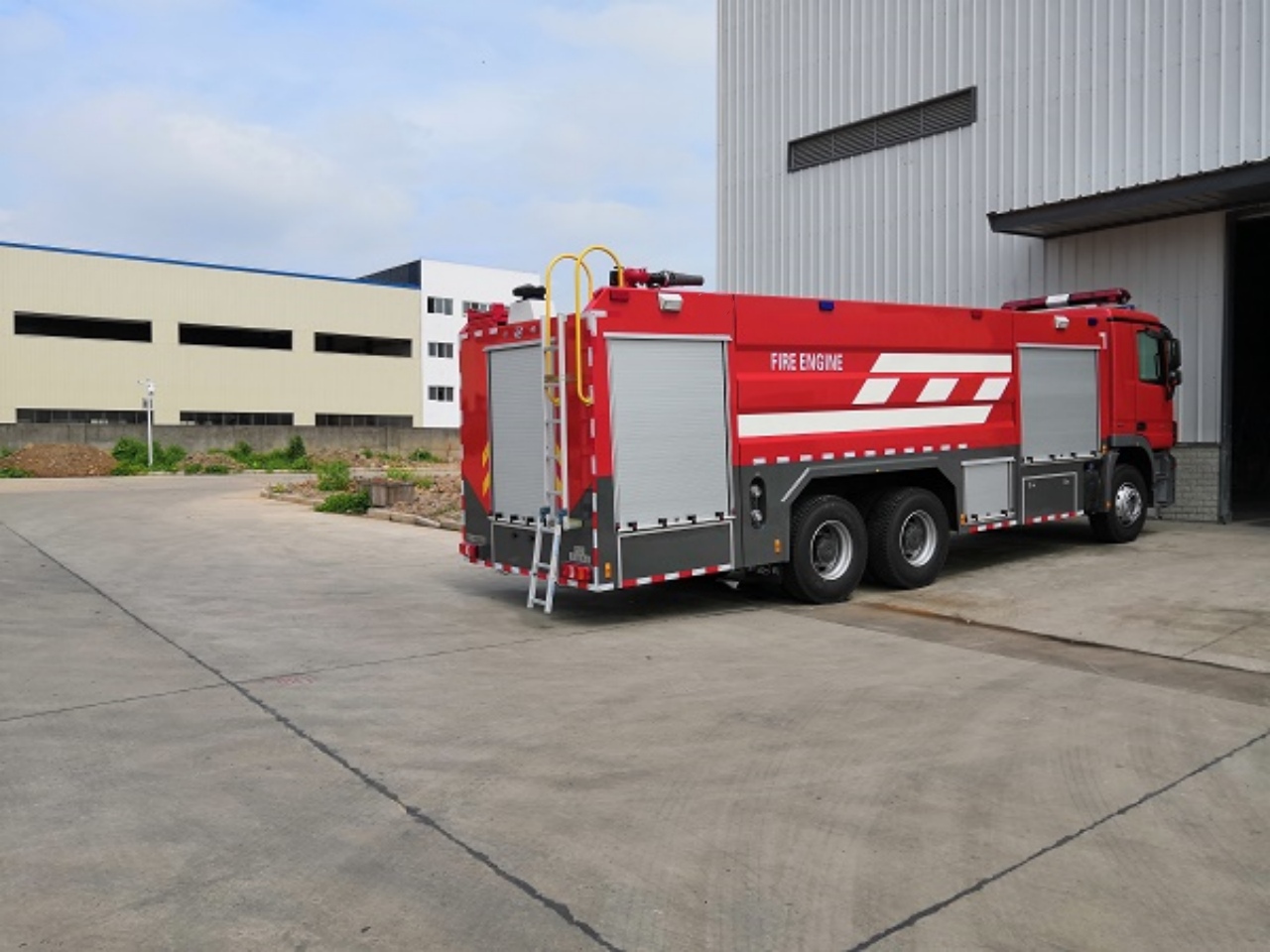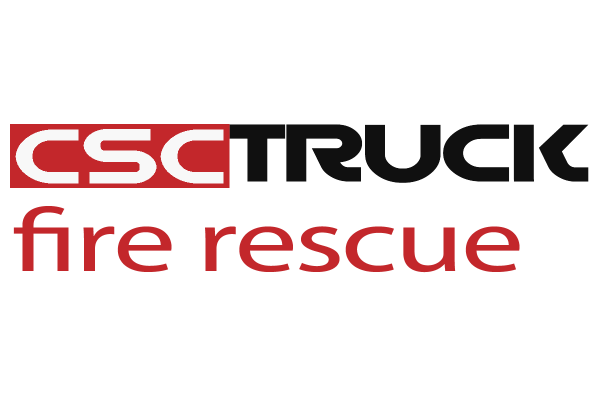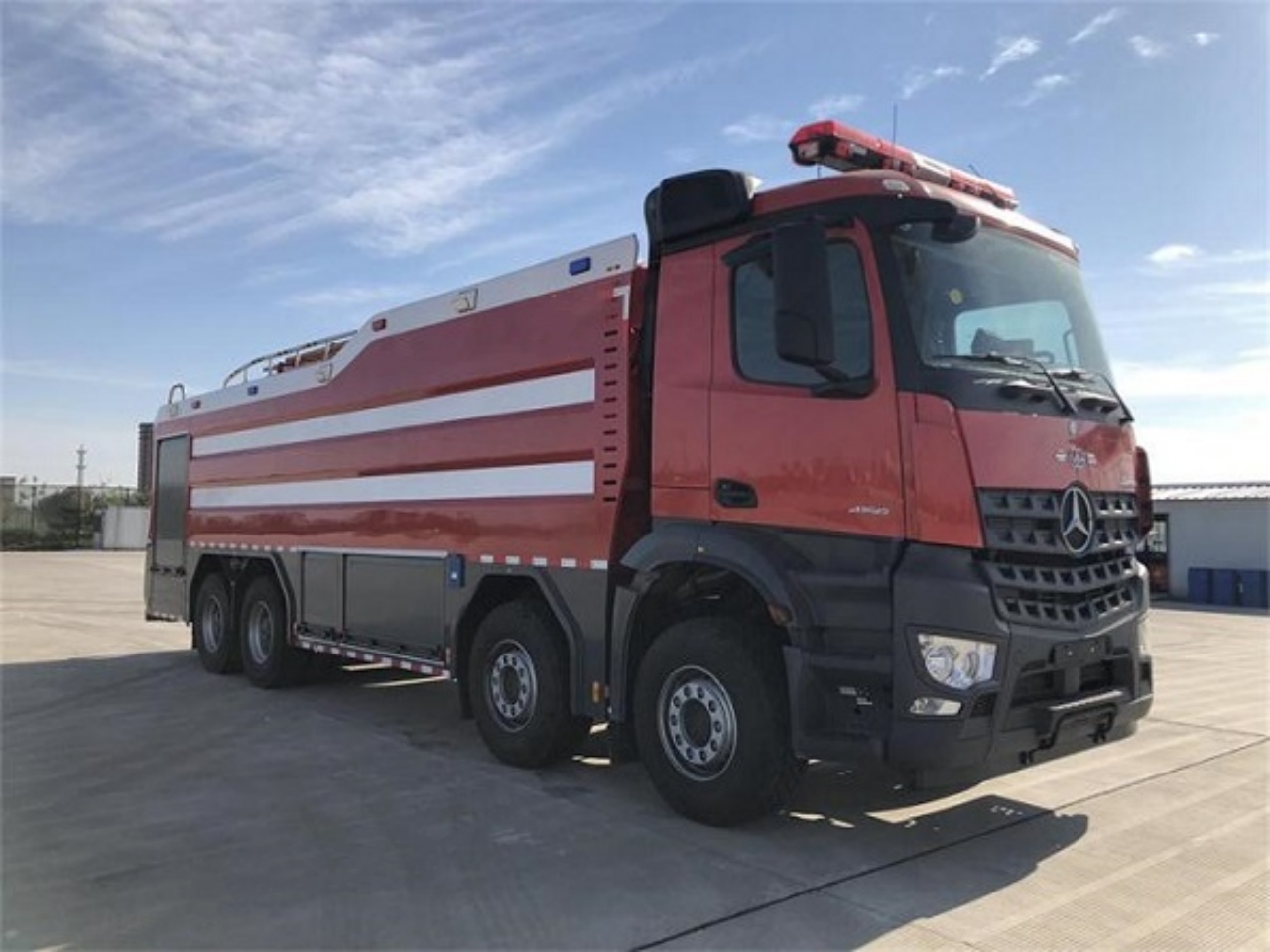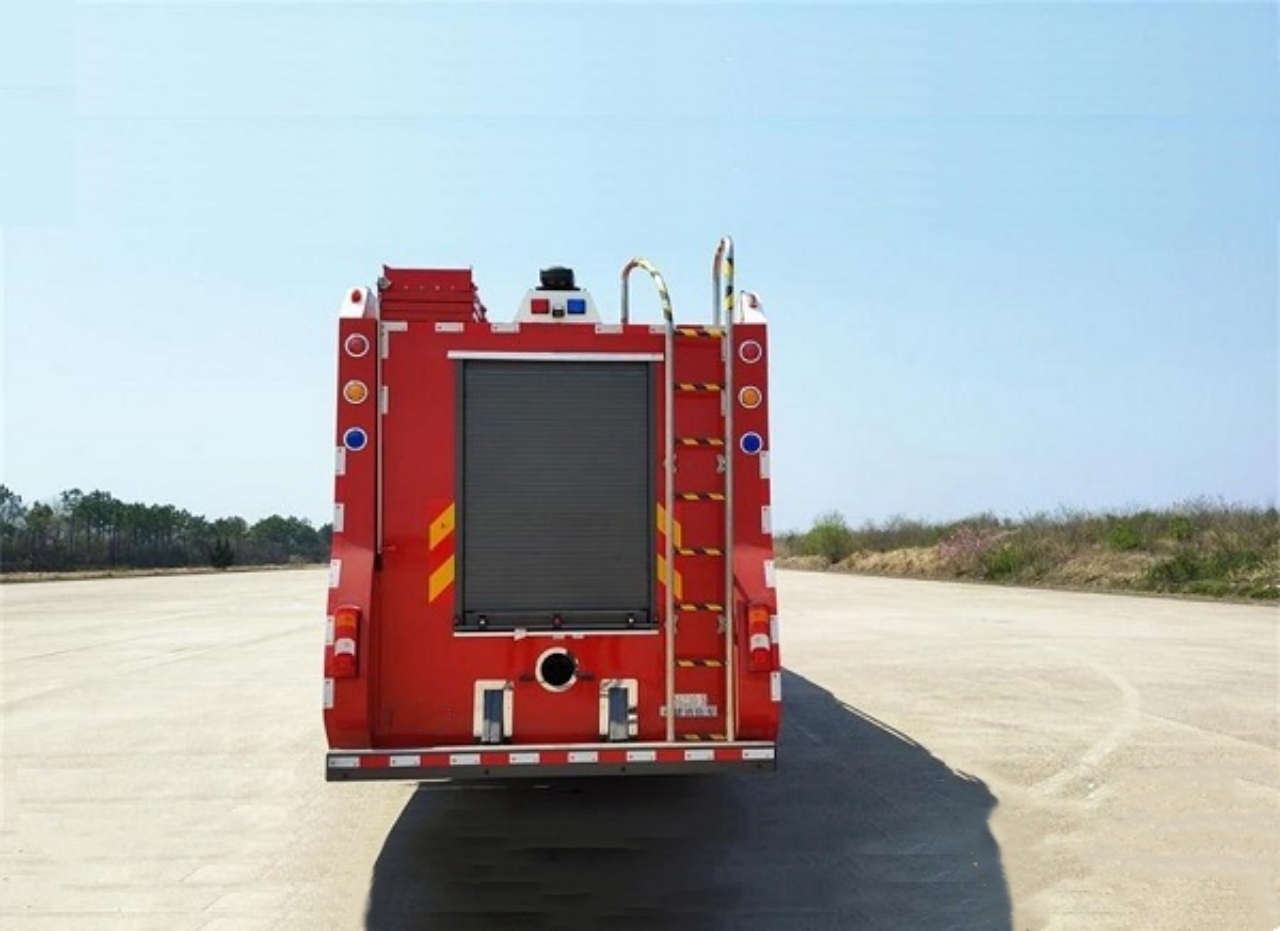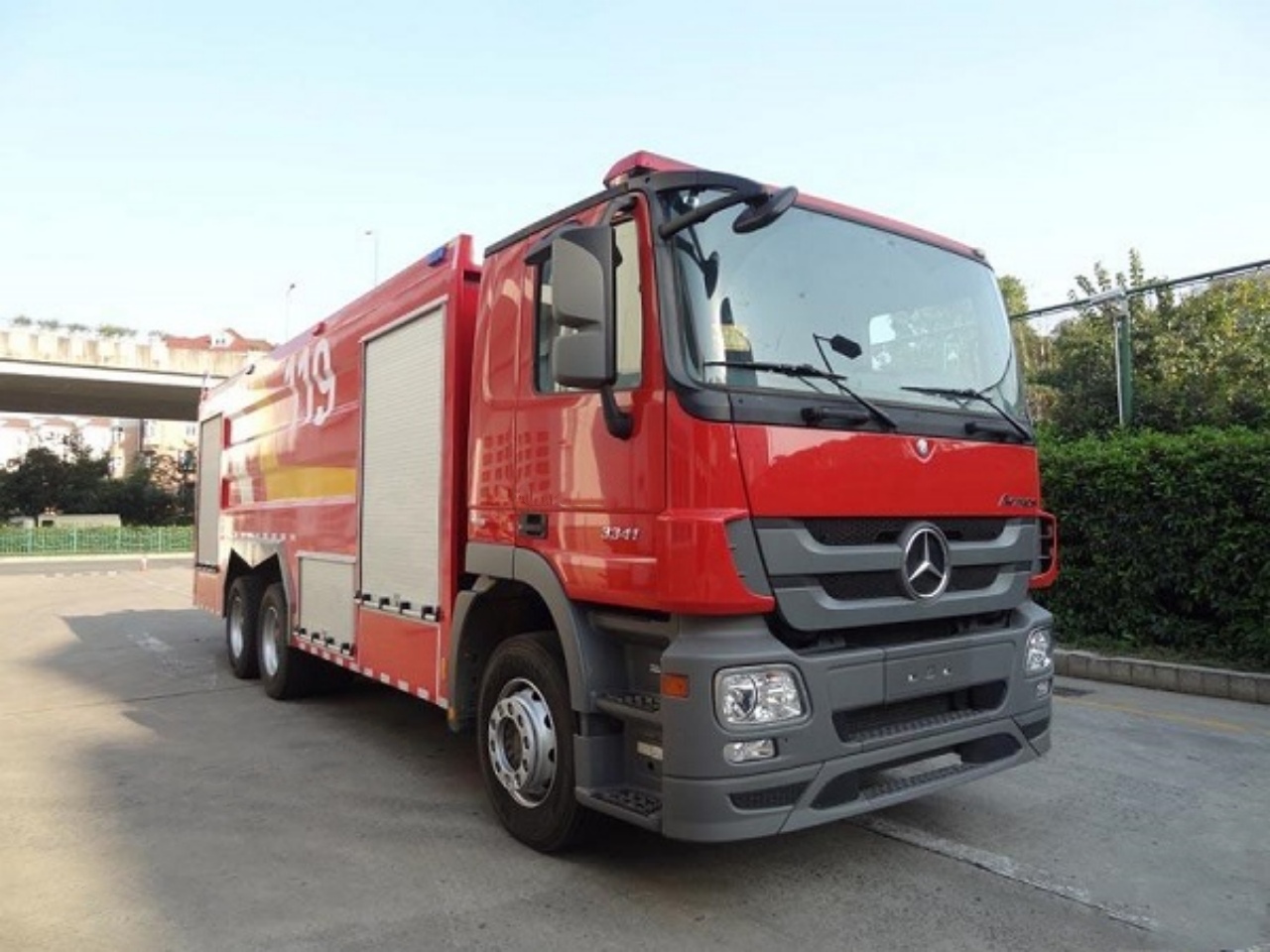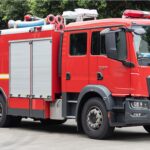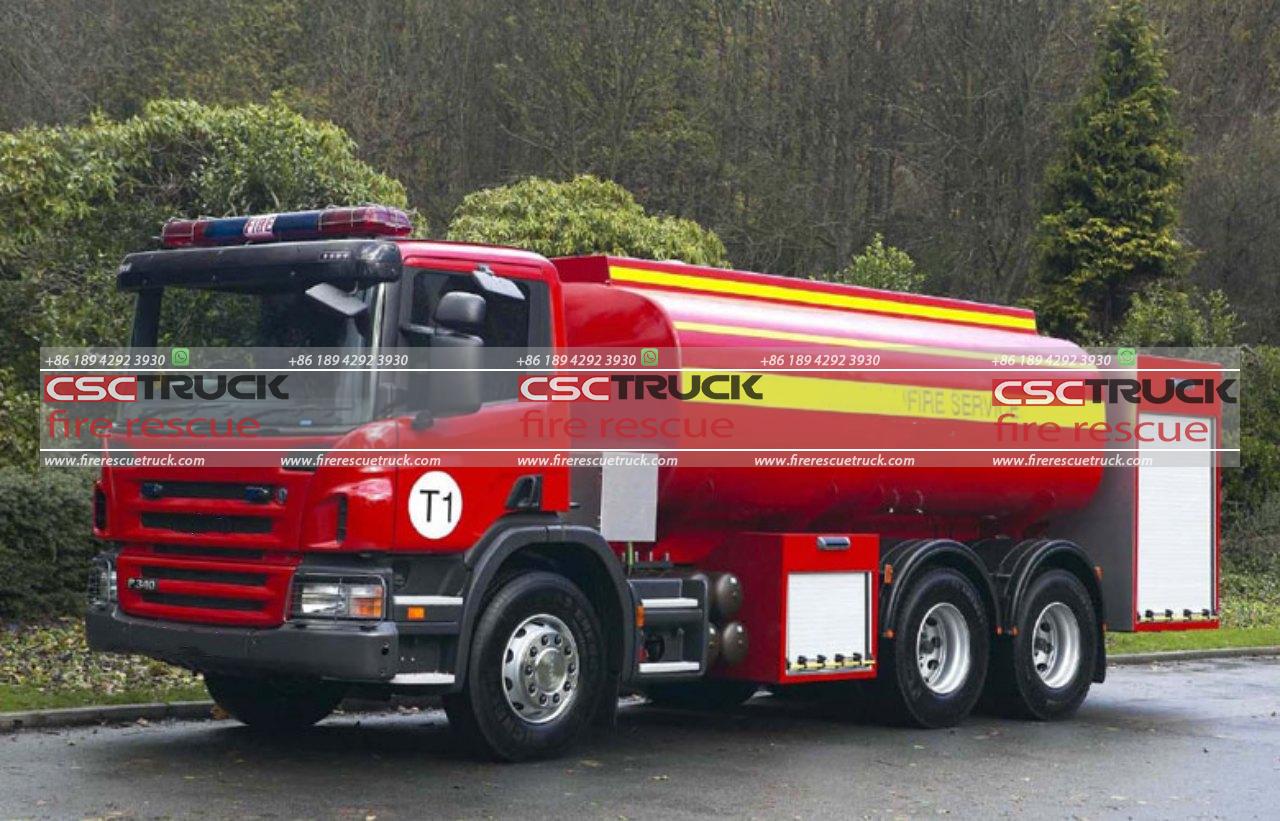Fire is a powerful and often destructive force that has shaped human civilization for thousands of years. While fire provides warmth, energy, and the ability to cook food, it can also cause catastrophic damage to lives, property, and the environment when it burns out of control. That is why effective fire suppression methods are crucial. One of the most common and reliable tools used in firefighting is water. From household fires to wildland blazes, water is often the first line of defense. But what makes water so effective at combating most fires? This article explores the physical, chemical, and practical reasons why water is such a valuable tool in firefighting.
The Science Behind Fire
To understand why water is effective in fighting fires, it’s important to first understand what fire is. Fire is a chemical reaction known as combustion. This reaction typically involves 3 essential elements, commonly referred to as the “fire triangle”: Heat, fuel, and oxygen. When these 3 elements are present in the right proportions, a fire can start and sustain itself.
To extinguish a fire, at least one side of this triangle must be eliminated. This can be done by removing the fuel, cutting off the oxygen, or reducing the heat. Water is especially useful because it can address more than one side of the fire triangle, primarily by reducing heat and sometimes by displacing oxygen.
1. Cooling Effect: Absorbing Heat
The most significant reason water is effective in fighting most fires is its ability to absorb large amounts of heat. Water has a high specific heat capacity, meaning it can absorb a lot of heat before it begins to rise significantly in temperature. When water is sprayed onto a fire, it absorbs heat from the flames and surrounding materials. This cooling effect reduces the temperature of the fuel below its ignition point, which prevents further combustion.
Additionally, when water reaches its boiling point (100°C or 212°F at sea level), it changes from liquid to vapor. This phase change absorbs even more energy, specifically, the latent heat of vaporization. This process consumes a substantial amount of heat from the burning materials, further helping to cool the fire and slow or stop its spread.
2. Smothering Effect: Steam Displacement of Oxygen
When water turns to steam, it expands dramatically, up to 1,700 times its original volume. This expansion can displace oxygen in the vicinity of the fire. Because oxygen is a critical part of the fire triangle, reducing the concentration of oxygen near the flames can help smother the fire and prevent it from reigniting.
This is particularly useful in enclosed spaces, such as building interiors, where steam can accumulate and help suppress the fire by reducing the available oxygen. However, in open or ventilated areas, this effect is less significant due to the rapid dispersion of steam.
3. Availability and Cost-Effectiveness
Another reason water is such a good firefighting tool is its abundance and affordability. In most parts of the world, water is readily accessible through hydrants, lakes, rivers, or tanker trucks. It does not require complex manufacturing processes or specialized handling, unlike some chemical fire suppressants.
The low cost and wide availability of water make it a practical choice for both urban fire departments and rural volunteer brigades. Firefighting infrastructure, such as hoses, pumps, and hydrants, is also designed primarily around the use of water, reinforcing its dominance in fire suppression strategies.
4. Non-Toxic and Environmentally Friendly
Water is non-toxic, non-corrosive, and safe for humans and animals, making it ideal for use in residential and public areas. Unlike chemical suppressants such as foams, powders, or halons, water does not leave harmful residues that require extensive cleanup or pose risks to health and safety.
Moreover, water is environmentally friendly. It does not introduce foreign chemicals into ecosystems or the atmosphere. This is particularly important in outdoor or wildland firefighting scenarios where preserving natural habitats is a concern.
5. Penetrating Capability
Water can soak into materials, which helps it extinguish deep-seated embers in wood, fabric, and other porous materials. This is crucial in structure fires, where fire may have spread inside walls, floors, or insulation. Water’s ability to penetrate these areas can prevent flare-ups and ensure the fire is fully extinguished.
6. Versatility in Application
Water can be used in various forms — solid stream, fog, mist, or spray — depending on the fire scenario. Different nozzles and delivery systems allow firefighters to control the amount, direction, and pattern of water application. For example:
- Fog nozzles create a fine mist that absorbs heat quickly and creates steam to displace oxygen.
- Straight streams are useful for long-distance applications and for penetrating burning materials.
- High-pressure mists can be used in sensitive areas like museums or electronics rooms where water damage must be minimized.
This versatility makes water suitable for a wide range of fire types and scenarios.
Limitations of Water in Firefighting
While water is effective for most fires, it’s not suitable for every situation. Some fires, particularly those involving:
- Electrical equipment can be made worse by water if it conducts electricity and causes short circuits or electrocution.
- Flammable liquids like oil and gasoline can float on water, potentially spreading the fire instead of extinguishing it.
- Reactive metals such as sodium or magnesium can react violently with water, sometimes resulting in explosions or toxic gas release.
For these cases, specialized extinguishing agents such as dry chemical powders, carbon dioxide, or foam may be more appropriate.
Conclusion
Water remains one of the most effective, economical, and environmentally safe tools for fighting most types of fires. Its ability to absorb heat, generate steam, displace oxygen, and penetrate burning materials makes it highly effective in disrupting the fire triangle. Combined with its wide availability and ease of application, water continues to be a primary resource in firefighting efforts around the world.
However, it is important to understand the limitations of water and recognize situations where alternative methods are necessary. Firefighting is as much about using the right tool for the right job as it is about bravery and quick action. Still, when it comes to combating the majority of fires, water remains the trusted ally of firefighters everywhere.
